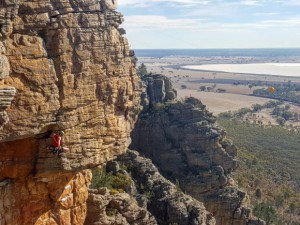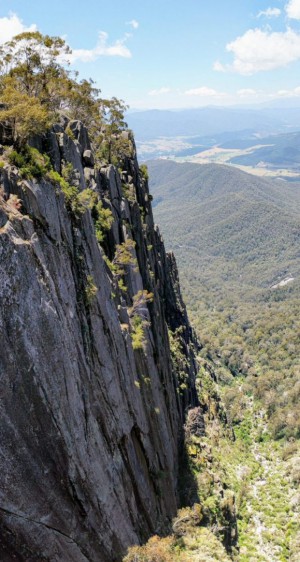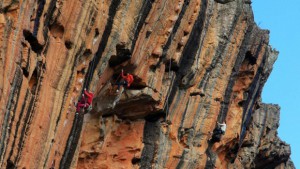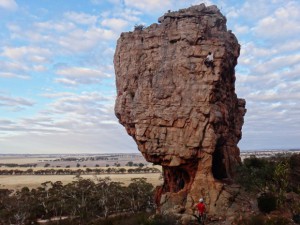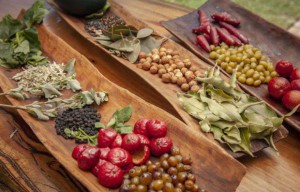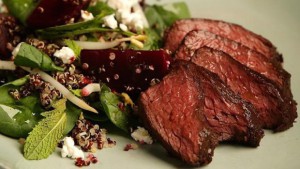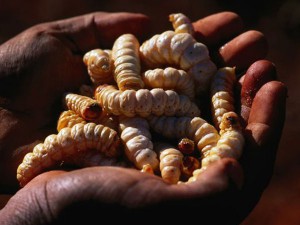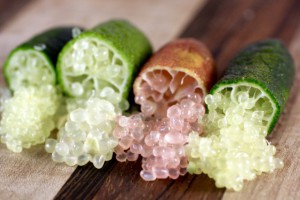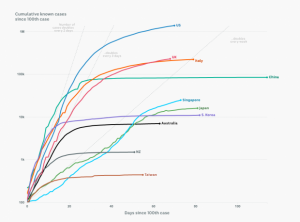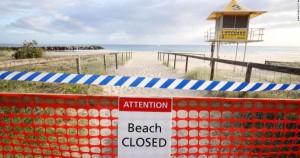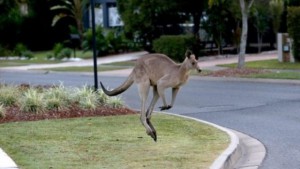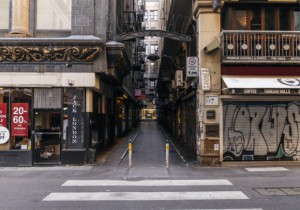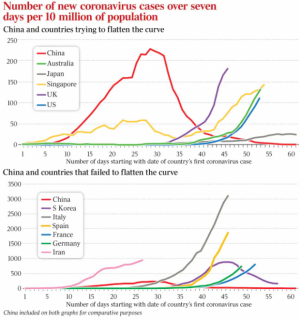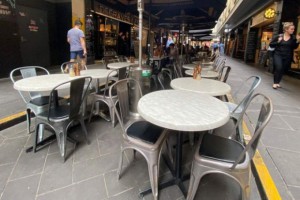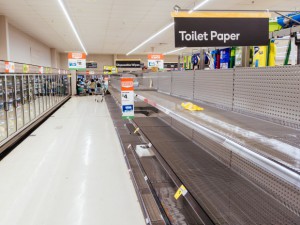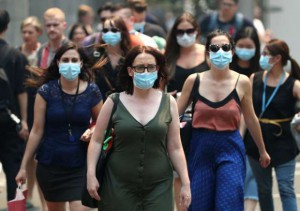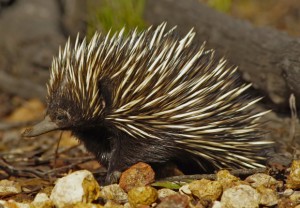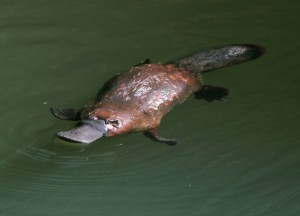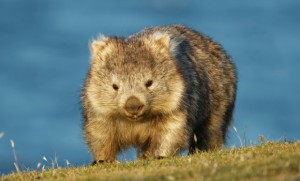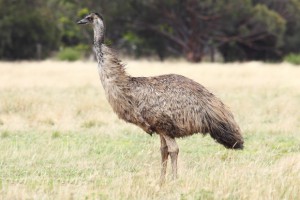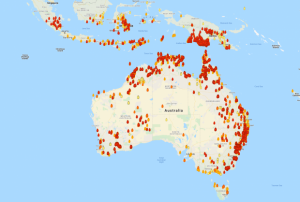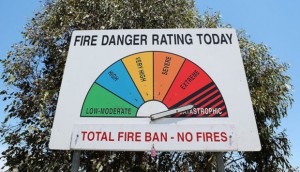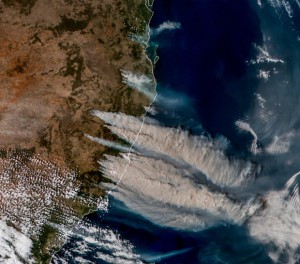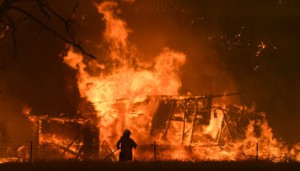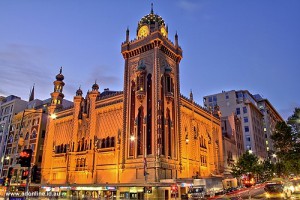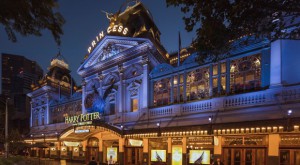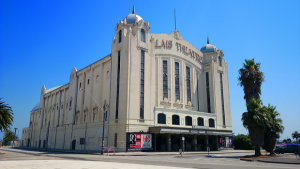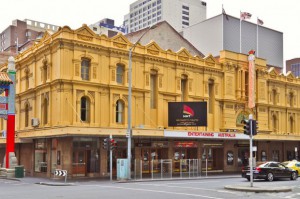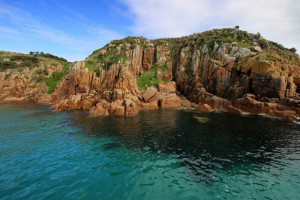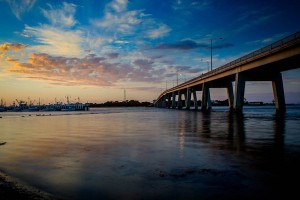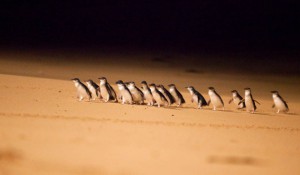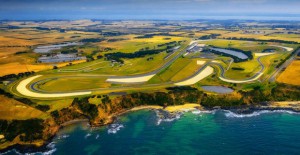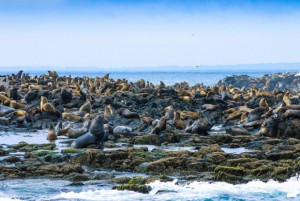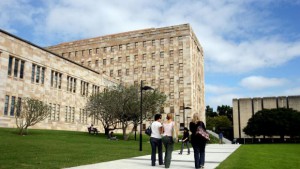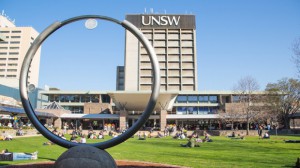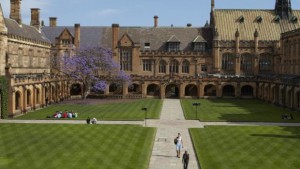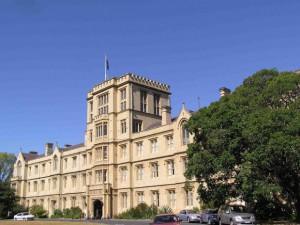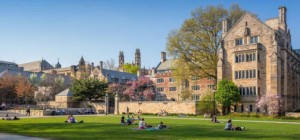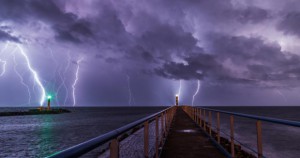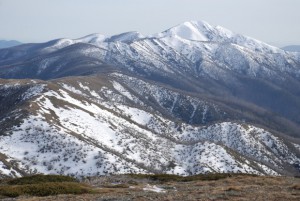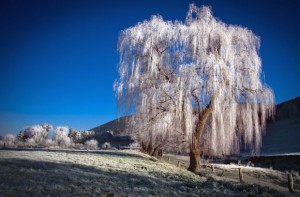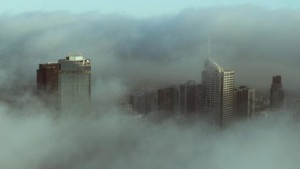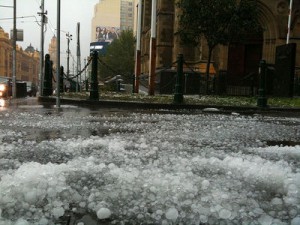Many Australians enjoy both sport and the outdoors. Rock climbing combines these and is therefore a popular pastime. While the state of Victoria may not have the beaches of Queensland, or the desert landscapes of Central Australia, some might say it has the best rock climbing terrain in Australia. One of the most famous areas is Mt Arapiles in the Wimmera plains. The plains are a beautiful nature conservation area, with 14% of Victoria’s flora species represented around Mt Arapiles alone. More than 3000 routes have been established on the many cliffs, crags and pinnacles, with something suitable for all levels of experience.
Mount Buffalo is also a much loved climbing destination. It is home to lots of interesting Australian wildlife and 550 species of native plants, including plants found nowhere else on Earth, such as the Buffalo Sallee tree. There are lakes, twisted Snow Gum forests and The Horn, the highest point in Mount Buffalo National Park at 1,723m. The huge area is known for it’s changable weather, which includes snow in winter, and a great variety of climbing experience can be found.
Perhaps the most famous climbing area in Victoria, the Grampians National Park is huge, breathtaking and a popular destination for climbers. In addition to all sorts of beautiful flora and fauna, this region is home many ancient Aboriginal rock art paintings and shelters. In order to protect the environment, many of the most famous rock-climbing areas have been permanently closed in recent years.
Some other great places you might check out if your are interested in rock climbing are:
